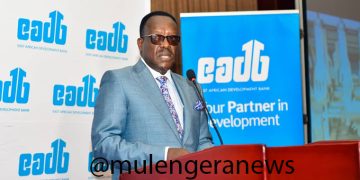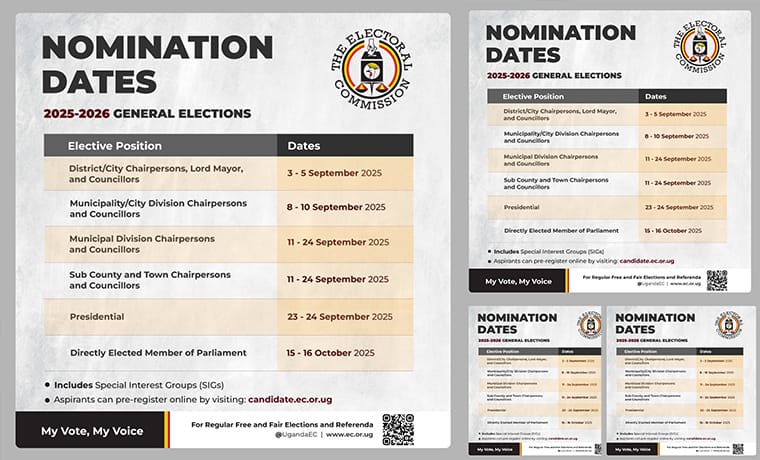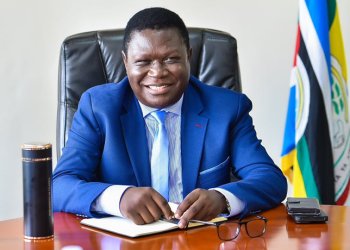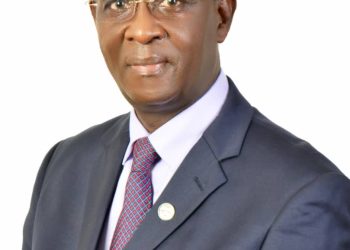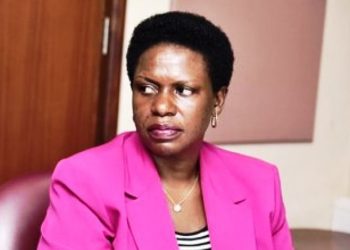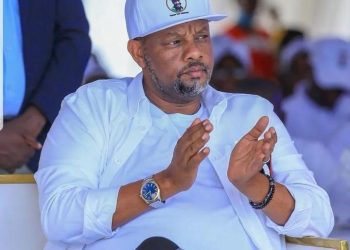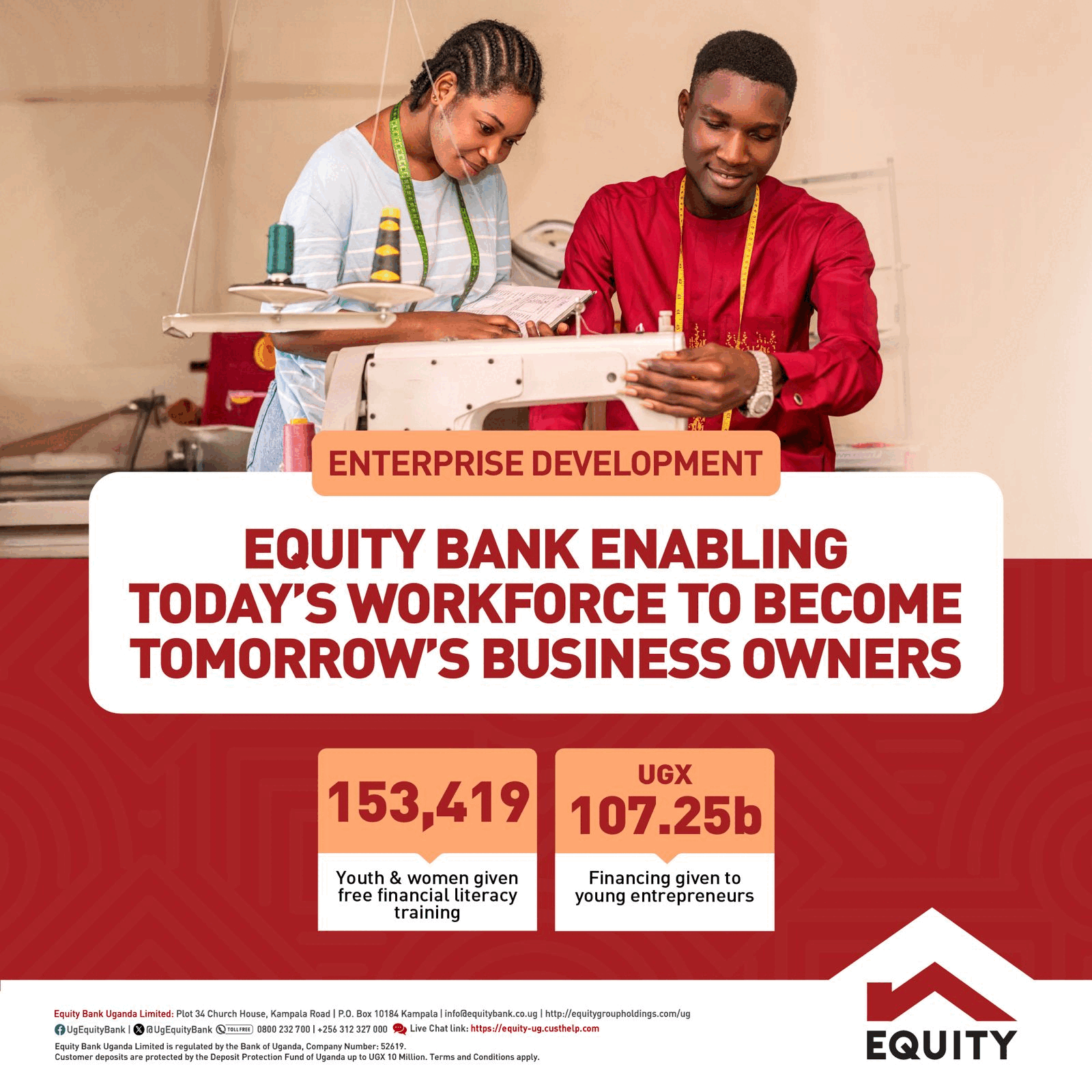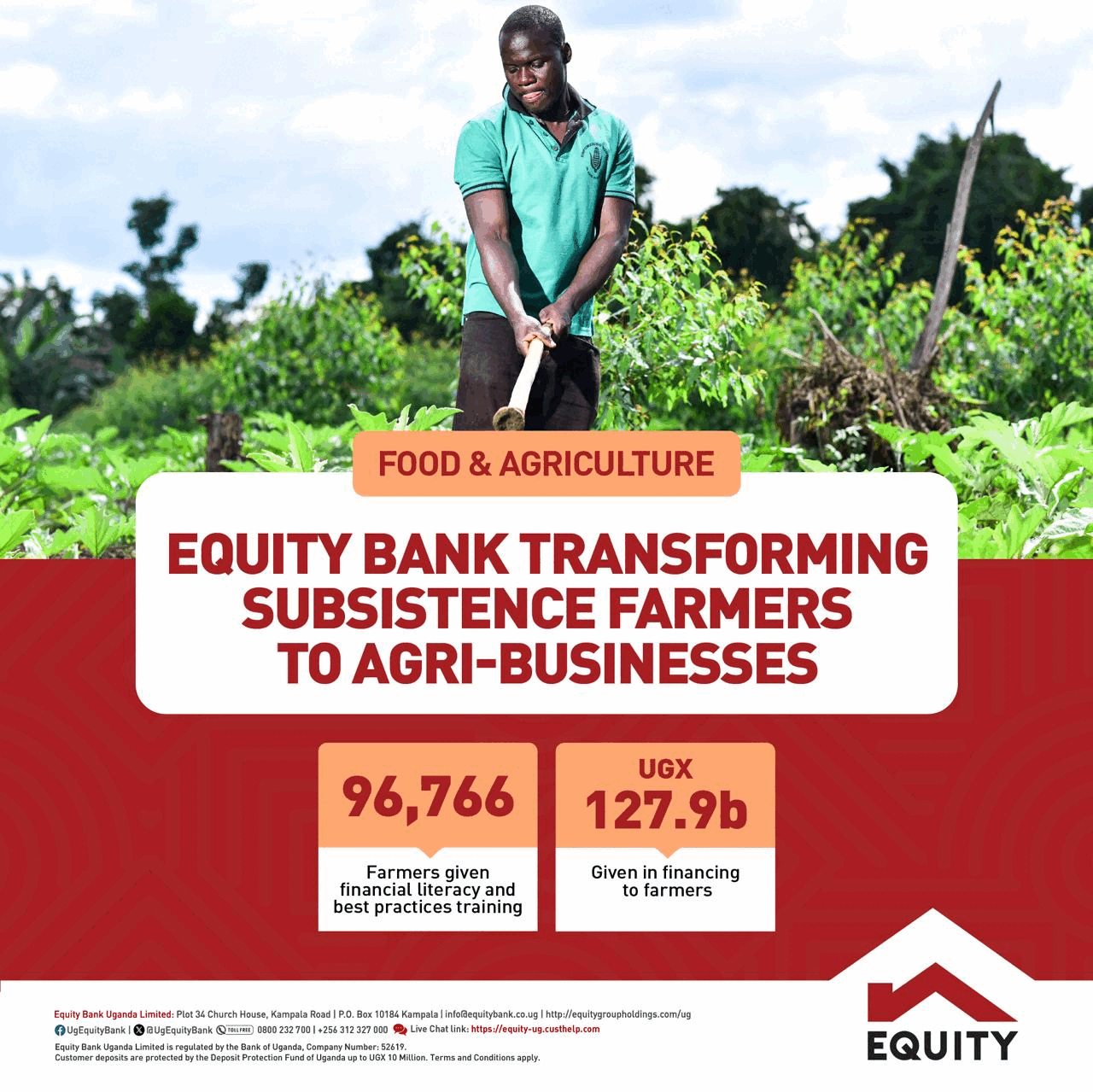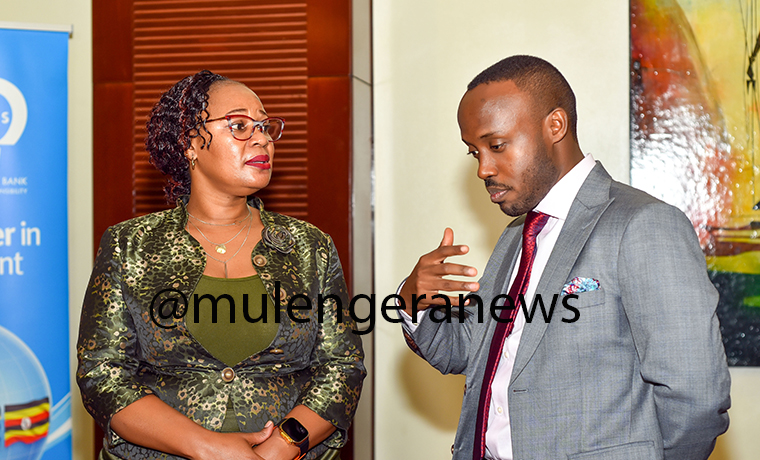
By Mulengera Reporters
In a morning address that challenged conventional development financing models, Ben Kavuya, Chairman of East African Medical Vitals (EAMV) outlined an ambitious vision for transforming East Africa’s industrial landscape. The event, which showcased EADB’s commitment to regional development, brought together key stakeholders including Hon. Matia Kasaija, Minister for Finance, Planning and Economic Development and Mr. Benard Mono, EADB’s Acting Director General.
GOV’T & DEV’T BANK ALIGNMENT: Matia Kasaija, who also serves as the EADB Governing Council Chairperson, emphasized the bank’s crucial role in Uganda’s economic transformation. “The EADB has been a key partner in driving Uganda’s economic growth and social transformation,” he noted, highlighting the bank’s substantial support to MSMEs, which he described as “the backbone of our economy.”
Elaborating on this vision, Mr. Benard Mono, EADB’s Acting Director General, revealed that the bank has disbursed over $200 million across its member states in the past five years, creating more than 110,000 jobs. “We are proud of the impact we have made in the region,” Mono stated, adding that the bank’s recently acquired ‘A’ credit rating from S&P Global Ratings – the highest in East Africa – positions them well to mobilize cost-effective resources for sustainable development initiatives.
BREAKING NEW GROUND IN AFRICAN MANUFACTURING: As the force behind Africa’s first surgical gloves manufacturing facility, EAMV’s journey represents a testament to the transformative power of strategic financial partnerships. The company’s state-of-the-art facility in Namanve Industrial Park, Uganda, now produces 24,000 gloves per hour, totaling approximately 12.8 million pieces monthly. This achievement is particularly significant as it meets 65% of Uganda’s demand, with ambitious plans to expand to serve 40% of East Africa’s market.
“When we embarked on this journey in 2018, many financial institutions viewed our vision as too ambitious and shut their doors in our faces,” the Chairman revealed. “Fortunately, EADB saw potential where others saw obstacles.” This partnership, beginning with an initial debt of 6.7 million USD from EADB, has now grown into a total investment of 23 million USD, including recent funding from Uganda Development Corporation (UDC).
LOCAL TALENT DEVELOPMENT: A CORE SUCCESS FACTOR: One of the most remarkable aspects of EAMV’s success story is its commitment to local talent development. “When we began installing our machinery, 95% of the hands that built our facility were Ugandan,” the Chairman proudly stated. The company’s journey from having seven expatriates to achieving 100% Ugandan management and operations exemplifies its dedication to building local capacity.
The Chairman detailed how EAMV invested in sending Ugandan engineers to Malaysia for specialized technical training, demonstrating that with proper investment in human capital, Ugandan expertise can match global standards. This achievement has created over 360 direct jobs and numerous indirect employment opportunities, contributing significantly to Uganda’s skilled workforce development.
CHALLENGING TRADITIONAL DEVELOPMENT FINANCE MODELS: In his address, the Chairman drew striking comparisons between East African and Asian development financing approaches. “When we look at Asian economies that have successfully industrialized, we see development banks offering interest rates as low as 1% with loan tenures extending up to 20 years or more,” he explained. “This creates a powerful competitive advantage that has transformed countries like Malaysia, Vietnam, and South Korea into manufacturing powerhouses.”
Kavuya ‘s critique of current financing models was particularly pointed when addressing the proliferation of commercial real estate projects: “Why are we watching our cities transform into a maze/’katogo’ of shopping malls, when this capital could be redirected toward manufacturing? Every dollar invested in manufacturing creates a ripple effect – generating skilled jobs, spurring innovation, and driving real economic transformation.”
BUILDING RESILIENCE THROUGH PARTNERSHIP: EAMV’s relationship with EADB has proven exemplary, particularly during challenging times. When faced with COVID-19 disruptions and delays in government offtake agreements, EADB demonstrated remarkable flexibility, allowing two loan restructures before principal payments began. This approach, according to the Chairman, “distinguishes a true development bank – one that adapts to real-world challenges rather than hiding behind inflexible policies.”
THE POWER OF STRATEGIC FINANCIAL SUPPORT: Mr. Mono emphasized EADB’s commitment to enhancing financial access for SMEs, stating, “We cannot understate the role that SMEs play in the development of Uganda’s economy. As such, our commitment to enhance financial access and inclusion for SMEs remains steadfast.” This commitment is evidenced by the bank’s substantial investment in Uganda, where it has advanced UGX209.4 billion to MSMEs, creating over 35,850 job opportunities, with approximately 60% benefiting women and vulnerable groups.
A VISION FOR REGIONAL TRANSFORMATION: Looking ahead, Kavuya outlined several key recommendations for enhancing development financing in the region:
- Creation of knowledge-sharing platforms where industrial pioneers can exchange experiences and learn from fellow innovators
- Rethinking collateralization requirements to prioritize project viability over traditional security
- Extending loan maturity periods to match the patient capital needs of manufacturing enterprises
- Developing specialized funding mechanisms specifically designed to support industrial development
CHARTING THE FUTURE OF EAST AFRICAN INDUSTRY: As EAMV seeks an additional $15 million in financing to expand its production capacity, their ambitions align perfectly with EADB’s broader mission for regional development. The bank’s focus on economically viable and environmentally friendly projects over the next four years, as outlined in its 2024-2028 Strategic Plan and aligned with UN Sustainable Development Goals, provides a solid foundation for realizing this industrial revolution in East Africa.
“Our East African governments have already demonstrated their commitment by making substantial investments in energy and infrastructure,” Kavuya concluded. “The final piece of this transformative puzzle is financing. The framework is built – now we need the fuel to power our region’s industrial revolution.”
This compelling aspiration, supported by EADB’s strong credit rating and renewed commitment to sustainable development, coupled with the government’s support for industrial growth, presents a practical roadmap for achieving sustainable industrialization through strategic financial partnerships, knowledge sharing, and unwavering commitment to local capacity building.
With the combined leadership of visionary industrialists like Kavuya, development finance institutions, and government support suggests a promising future for the region’s manufacturing sector. (For comments on this story, get back to us on 0705579994 [WhatsApp line], 0779411734 & 041 4674611 or email us at mulengeranews@gmail.com).
